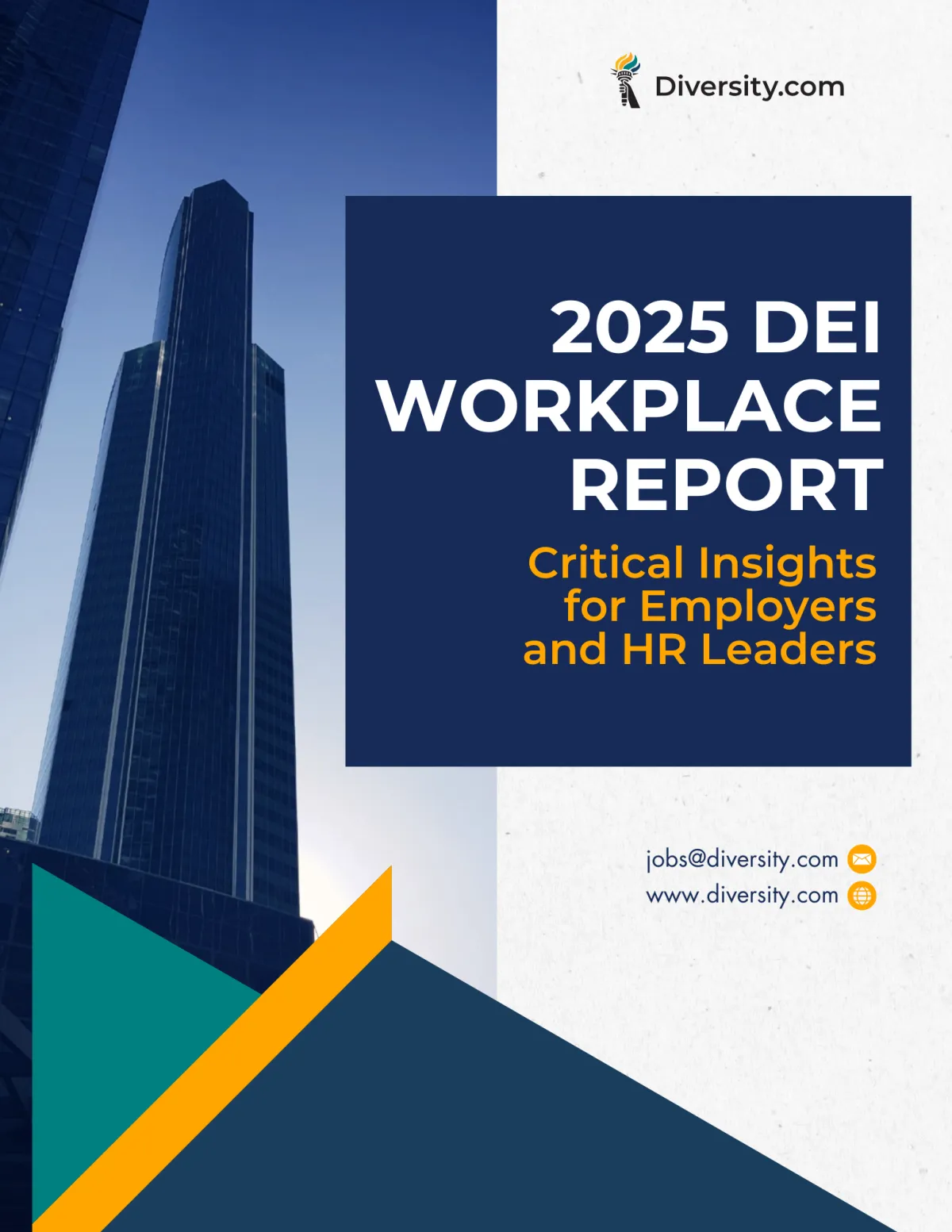
Burnout, Identity, and Inclusion: Why Mental Health Strategies Must Address More Than Workload
Burnout is one of the most talked-about workplace challenges today.
But for many employees, especially those from marginalized backgrounds, burnout isn’t just about back-to-back meetings or heavy workloads. It runs deeper. It’s rooted in identity.
It’s the exhaustion that comes from constantly managing how you're perceived.
It's the emotional weight of code-switching, being the only one in the room, navigating microaggressions, and carrying the unspoken pressure to speak for an entire group.
This kind of burnout is often misunderstood.
It doesn’t stem from productivity overload alone. It stems from survival.
The Mental Health Cost of Marginalization
For professionals from underrepresented backgrounds, the workplace can be a source of chronic psychological stress.
Every interaction, every meeting, every policy that doesn’t account for lived experience becomes part of the load.
This mental fatigue comes from:
Navigating subtle or overt bias
Performing emotional labor to make others feel comfortable
Feeling isolated in predominantly white, male, or heteronormative environments
Having to explain or justify one’s identity on a regular basis
When inclusion isn’t actively protected, psychological safety becomes fragile. And when psychological safety is fragile, burnout becomes inevitable.
When “Resilience” Becomes a Requirement
Many organizations applaud the resilience of their diverse employees.
But what’s often missing is the recognition that this resilience isn’t a choice.
It’s a requirement for survival in systems that haven’t fully evolved.
Being praised for resilience while enduring daily cultural friction isn’t empowering. It’s exhausting.
Resilience becomes the price of admission, not a celebrated strength.
The truth is, people shouldn’t have to be so strong just to feel safe, heard, or visible at work.
Inclusion as a Mental Health Strategy
Inclusion isn’t a side initiative. It’s central to mental health in the workplace.
When leaders prioritize cultural competence, the ability to understand, communicate with, and support people whose experiences differ from their own, they create conditions where well-being is possible.
Inclusion becomes protective. It signals to employees that they are not just welcome, but safe.
Cultural competence, active listening, and identity-informed leadership aren't just moral imperatives.
They're strategic necessities for building workplaces where people can actually thrive.
What Employers Can Do
If you're committed to supporting mental health at work, ask the harder questions:
Are your employees burning out from workload, or from identity-based stress?
Do people feel safe showing up as themselves, or do they have to perform emotional labor to belong?
Are your wellness programs inclusive of the mental health realities faced by BIPOC, LGBTQ+, disabled, and neurodivergent employees?
To support true mental health in a diverse workplace:
Normalize mental health conversations that account for identity and lived experience
Ensure employee resource groups are funded and heard at the leadership level
Train managers in cultural competence and active listening
Regularly audit internal culture for bias, silence, or emotional erasure
Conclusion
Burnout is real. But it isn’t just about workload.
It’s about identity. It’s about whether people feel seen, safe, and supported where they work.
And if inclusion isn’t part of your mental health strategy, then your support systems may be missing the people who need them most.
Inclusion is not separate from mental health.
How Diversity.com Helps You Build a More Inclusive Workforce
At Diversity.com, we connect forward-thinking employers and job seekers who are committed to inclusion, equity, and creating meaningful change across all dimensions of diversity.
Whether you are strengthening your DEI strategy, expanding career opportunities, or building cultures where all identities and experiences are valued, we provide the tools, resources, and insights you need to lead with purpose.
For Employers & HR Leaders:
✔ Create a free employer account — Post open roles and hire with intention. Choose from flexible options: single listings, job credit packs, or subscription plans.
✔ Access a diverse talent network — Connect with professionals across backgrounds, experiences, and identities to drive workplace innovation.
✔ Stay ahead with DEI insights — Explore timely articles, hiring best practices, and workplace inclusion trends.
For Job Seekers:
✔ Search jobs with inclusive employers — Find opportunities where equity, belonging, and authenticity are priorities.
✔ Create a free job seeker account — Apply to roles that align with your values, experiences, and aspirations.
✔ Learn more about workplace inclusion — Access tips, resources, and real-world guidance to navigate your career with confidence.
We believe in a future where every career journey and every hire moves us closer to true equity.
Start building with Diversity.com.
If you have any questions or need assistance, feel free to Contact Us Here. Our dedicated support team is ready to help!
Related Articles
Tokenism at Work: How to Spot It and Replace It With Real Inclusion
Life After Affirmative Action: How Schools Are Prioritizing Socioeconomic Diversity
Federal DEI Rollbacks and Their Impact on LGBTQ+ and Disabled Workers
Community Over Compliance: How Nonprofits Are Adapting DEI in 2025
Understanding Privilege Without Guilt: What It Means for Equity in the Workplace
The Intersection of Socioeconomic Status and Career Advancement
Single Parents in the Workforce: Addressing Caregiving Bias in Inclusive Workplaces
2025 Shareholder Votes Reject Anti-DEI Proposals at Levi’s, Goldman Sachs, and More

